How to eat and use mangoes
Common man's fruit in India and Southeast Asia !!
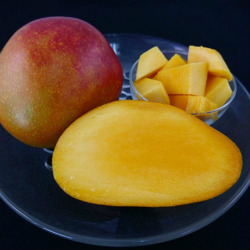
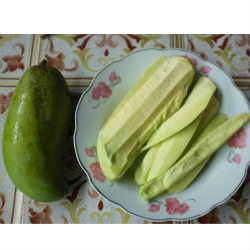
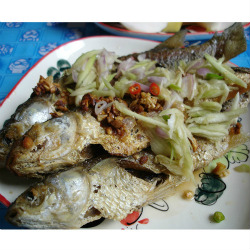
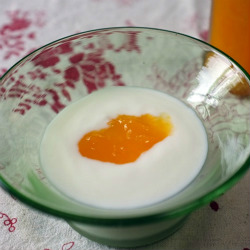
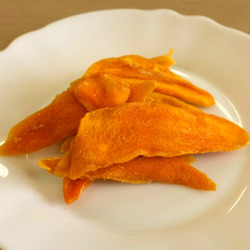
Mango does not only have a long history in the tropics, but it is also a very familiar fruit, with trees planted in gardens and living spaces, and local fruits flooding the market at affordable prices during mango season. In Thailand, for example, mangoes are sold for about 100-300 yen per kilogram, about the price of a single bowl of noodles at a street stall.
In India and Southeast Asian countries, there are various ways of preparing and using mangoes that have been cultivated over the long history of the fruit. The ripe fruit is eaten raw (see photo), but the unripe fruit, which is still green, hard, and sour, is also commonly used. The unripe fruit can be cut into small pieces and eaten as a snack (see photo), used as a garnish (see photo), or pickled. In India, it is also used as an ingredient in a sauce-like preserve called chutney. In recent years, a lot of processed products such as juices, purees, canned and dried fruits have been developed. In addition to the fruit, the young, tender leaves are eaten like leafy vegetables and are also used as dye in some areas. In countries where mangoes have been cultivated since ancient times, they have a long history of use in people's lives and are an indispensable fruit tree and fruit in the lives of ordinary people.
In Japan, mangoes have a short history of use and production, and rely on importation of fresh fruits due limited domestic production, so the price is higher than other fruits. For example, in Okinawa Prefecture, mangoes usually cost an average of 1,171 yen per kilogram, compared to an average of 211 yen per kg for Onshu mandarins and 243 yen per kg for pineapples (FY2015 data, Okinawa Prefecture Central Wholesale Market, Agriculture, Forestry and Fisheries Department). Therefore, mangoes are more often used as a special gift than as a fruit to be eaten on a daily basis. The ripe fruits are mostly eaten raw, but are also being used as ingredients for confectionaries and processed products such as jams.